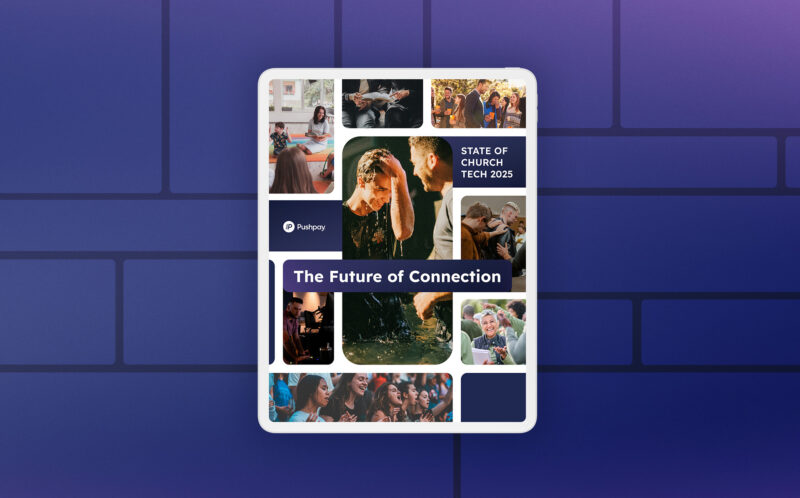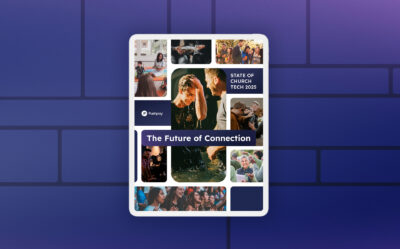
It ain’t easy being a pastor.
Facing a tension-filled political landscape, changing church attendance patterns, and a growing mental health epidemic, the dynamics of pastoring are increasing as quickly as they’re changing.
It’s as if being a pastor in the 21st century demands a combination of the preaching skills of Dwight Moody, the missional nature of Elisabeth Elliott, the creativity of Steve Jobs, the leadership of Abraham Lincoln, and the determination of Frederick Douglas.
With that kind of pressure, you don’t need anyone adding anything else to your already full plate. So it’s with as much empathy as I can muster that I bring up the topic of digital discipleship.
Hear me out—Digital discipleship isn’t something to add to your ever-growing list, but instead, a way to build a stronger community, deploy more resources, and enhance your church’s process of disciple-making.
Why Digital Discipleship Matters
Amid these challenges, the concept of digital discipleship emerges not as an additional burden but as a strategic opportunity. (Will you read that one more time to let it sink in?)
Digital discipleship is a pathway to strengthening community bonds, optimizing resource allocation, and enriching the journey of growth for both pastor and parishioner alike.
Tools for Facilitating Digital Discipleship
Digital discipleship tools often include the following:
- Online Giving: Embrace the simplicity and accessibility of online giving as a means of cultivating generosity and fostering spiritual transformation. Increase your cadence of how much you’re talking about it on stage. I love the language, “Giving online is the easiest and best way to give.” Why not say that every time you’re in front of your church?
- Apps: Embrace the potential of digital apps to extend the reach of ministry beyond the church walls. With features like daily devotionals, prayer forums, and event registrations, apps provide a platform for ongoing engagement and growth. Great churches are leveraging their church app to allow parishioners to pray for each other more consistently, empowering congregants to integrate faith into every aspect of their lives. Don’t just have an app. Go all in on it!
- Livestreaming: Define the purpose of your livestream. Too many churches have adopted livestreaming practices without thinking through why they’re doing it. Once you’ve done that, let the strategy follow the purpose. If you allow it to be, and it fits your purpose for it, livestreaming can be a means of reaching seekers and believers alike.
- Church Management Software (ChMS): Harness the power of ChMS to streamline administrative tasks and deepen pastoral care. By centralizing vital information and insights, ChMS ensures that no individual falls through the cracks on their journey of discipleship. It’s a tool for fostering connection and accountability within the church body.
Embracing Digital Discipleship
In the face of mounting pressures and expectations, the call to embrace digital discipleship isn’t a burden but a beacon of hope. It’s an invitation to leverage technology as a tool for building stronger communities, deploying resources more effectively, and enhancing the process of disciple-building within the church.
As pastors in the 21st century, we’re called to navigate the complexities of ministry with wisdom, courage, and innovation. Digital discipleship isn’t a distraction from our calling—it’s an opportunity to amplify our impact and extend the reach of the Gospel in an increasingly digital world. Let’s embrace this challenge with empathy, creativity, and a steadfast commitment to leading our congregations closer to Christ.





